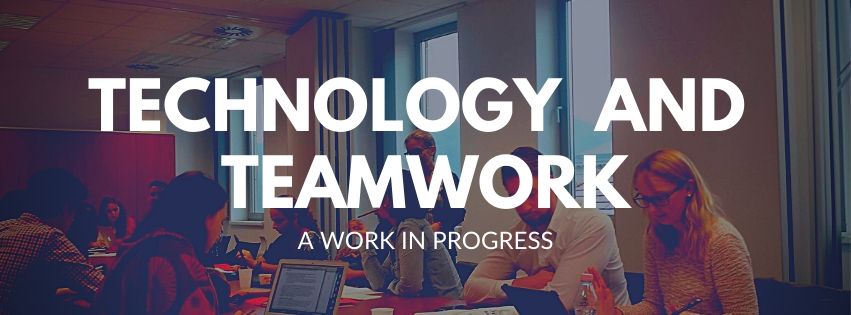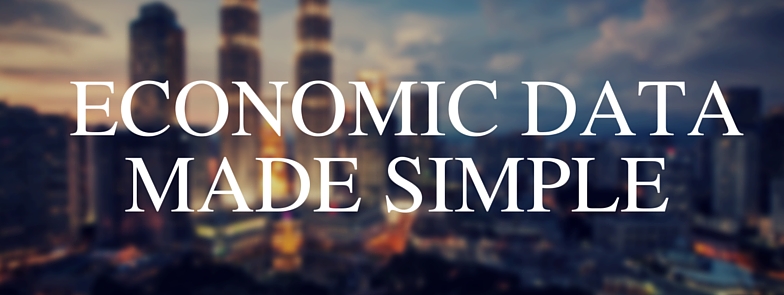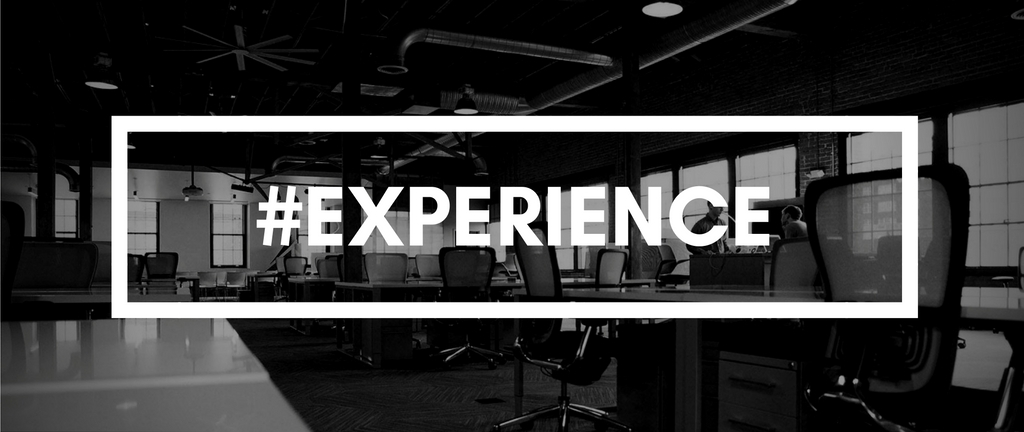
Management
While completing my business studies I have published mobile apps and websites as side projects. How did I do that? I know how to manage information in an efficient way. Personal trails are important, but if you don’t feed yourself with good information your progress will be limited. This is why and how and I use Feedly to learn every day: “Try to look for something where you be an expert in google, and you will understand the value of manage well the information.” Almost all websites that update their information; blogs, portals, digital newspapers, etc. use a technology that allows us to receive new content. This technology it’s called feed, and Feedly it’s the best tool to read them. The only thing that you need to do is to copy the link of that blog that you love, that amazing collaborator in the digital newspaper, and paste it into Feedly. Later, every time they publish something, you will have all the information that interests you, in one place and well organized. Why you should use it? Nowadays something strange happens. You don’t need to look for information. Facebook, Linkedin, Twitter, and other tools will deliver the information to you. Like magic, some algorithms will choose relevant information for you. However, if you want to differentiate yourself, rely just on that may not be the best strategy for you. The control of the information is a differentiative factor, and you should address it properly. Is this the only way? No, some people argue that with refined Twitter and mail blog subscriptions, they can filter very well all the information they are looking for. Other...

Management
The article details the implementation of collaborative documents in a challenging scenario: Barriers to Technology Adoption. Advantages of collaborative documents. Digital native myth. At the end of 2015, I was chosen as one of the six representatives of my university for an intensive seminar in finance ILPA 2015. There, we spread out with the different university teams from another 11 universities from Europe and the US to solve different case scenarios. This was not the first time I worked in an international team. However, it was the first time we receive an intense pressure to perform the tasks quickly. Therefore, I quickly realize the way we were working needed to change. In each different case, we were assigned to a new team of 3 to 5 members. We didn’t know each other, and with little time over the table, information control started playing a key role. A maximum of 2 persons can work properly together on a laptop. In addition, external key information from teachers and Ph.D. support students, couldn’t be explained in a board each time. This created situations where some team members received an overwhelming amount of work, while others got frustrated for their underperforming due to the lack of key information. The solution came by starting using collaborative documents. Therefore, everyone could edit and view instantly the works of the others. However, the implementation was not painless. Someone could believe that some of the best business students of different universities would have adopted a great tool that had been in the market for the last 10 years. Sadly the native digital concept proved to be wrong...

Management
During my bachelor’s, I had to make a few projects for my classes in economy and marketing research. Therefore, I had to make economic analyses. The problem is that find well-structured economic information is hard. However, Harvard University makes it easier with The Atlas of Economic Complexity. The website provides different kinds of graphics and a smooth way to filter information. This makes it uncomplicated to find and understand economic data. In my experience, this is a great resource. It is worth saving and can make a great difference in your work. So save the link or you may regret it in the future. Link: The Atlas of Economic...

Management
Abstract: This 2015 article shows how I tested and optimized a marketing campaign. The focus of the campaign is a website. However, several general ideas were discussed: Google search is not a good resource when you are looking for truly modern and outstanding solutions. Feedly is a great resource to find valuable information. Human center approach tools like Design Thinking are always useful even if they can just be partially implemented. Introduction: I was thrilled. It was the first time I was working through the full cycle of product creation, and it was my own project. It was a mobile application, in fact, it was just an HTML5 website with a complete app feel; scroll and swipe gestures, nice buttons, etc. But it was my crazy project, and it had to have an amazing landing website. By that time I didn’t know much about landing page creation and google never was helpful when I was looking for truly modern and outstanding solutions. Therefore, as I usually do in these situations, I went to Feedly, and I reviewed my design blog subscription. I was looking for best practices and maybe some examples, but there it was, an almost perfect landing page for my app. Now I had a website template, following the best practices of the time (responsive, html5). Therefore, It didn’t pass much time until I had a preview version of the page. Another search through my trusted bloggers to find the perfect icons, some photoshop edition for the images, and some extra time redacting the texts following of course the Simon Sinek recommendations. Test and optimize: Test the technological factors of a website it is easy if you know the right...





